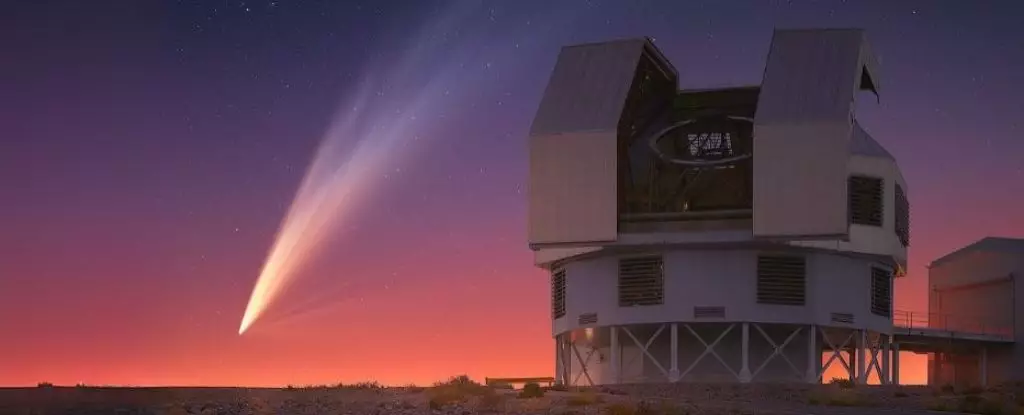Comets have long been a source of fascination for astronomers and stargazers alike. These icy bodies, often compared to the cosmic visitors of our solar system, capture our imagination with their stunning displays of light and gas. The thrill of tracking these wandering celestial entities is akin to waiting for a performer to take the stage, full of suspense regarding their brilliance and performance. Among the many comets to grace our skies, Comet C/2024 G3 ATLAS emerged as a noteworthy subject of interest for 2025, leaving many enthusiasts to ponder its potential.
The Discovery of G3 ATLAS
Discovered under the vigilant eye of the Asteroid Terrestrial-impact Last Alert System (ATLAS) on April 25, 2024, G3 ATLAS presented a unique opportunity for observers. As it inched closer to perihelion—a point in its orbit where it passes closest to the Sun—anticipation built around its brightness and visibility. However, this excitement is invariably coupled with uncertainty. The cosmos can be capricious, as historical precedents reveal. The fate of Comet C/2012 S1 ISON, which spectacularly disintegrated shortly after its approach to the Sun, serves as a cautionary tale. Conversely, the survival of Comet W3 Lovejoy, which thrived after skimming perilously close to our star, offers hope amid this unpredictability.
As G3 ATLAS ventured towards perihelion on January 13, 2025, at a distance of 14 million kilometers from the Sun, it sparked a flurry of attention. Observations through the Solar and Heliospheric Observatory’s (SOHO) LASCO C3 imager revealed a comet ascending to a striking brightness of -3.8 magnitude, reminiscent of P1 McNaught, the brightest comet seen in the past two decades. Observers eagerly awaited visual contact, yet, as history has shown, comets often display regional preferences for visibility. This time, G3 ATLAS primarily chose to dazzle viewers in the southern hemisphere, peeking above the ecliptic only briefly for northern observers.
The dichotomy of visibility in cometary appearances remains a curious phenomenon. G3 ATLAS, during its brief northern exposure from January 8 to 15, 2025, was a fleeting treat. While some skilled astrophotographers managed to capture stunning images—illustrating the comet’s remarkable dust tail—many casual observers up north were left wanting more. This perpetual tendency for comets to favor southern skies raises questions about the observational landscape of these cosmic wanderers. For those living in the southern hemisphere, the tales of celestial delights evoke dreams of endless nights under sparkling skies.
A Fading Spectacle
Sadly, after reaching its peak brightness, the comet began to show signs of decline. By January 18, images depicted an unfortunate state: the nucleus appeared troubled, giving rise to the concept of the ‘headless comet.’ This transformation shaded the brilliance of G3 ATLAS, as it transitioned from a glowing centerpiece to an entity with a fragile core but a fading tail, characterized by striking stripes—a visual paradox in its twilight moments.
As the comet now resides at around +5th magnitude in the constellation Piscis Austrinus, it serves as a reminder of the ephemeral nature of celestial wonders. Its trajectory, an astronomical journey of approximately 160,000 years inbound and an estimated 600,000 years outbound, invites reflections on the passage of time within our solar system. The fragments left behind might eventually offer renewed opportunities for future generations of skywatchers eager to glimpse another comet’s majestic arrival.
Comet G3 ATLAS is more than just a celestial spectacle; it embodies the spirit of exploration and discovery that lies at the heart of astronomical pursuits. While it may not have matched the expectations of some, it highlights the beauty of the unknown and the thrill of anticipation that comets inspire. So, whether one resides in the southern hemisphere or the northern regions, the hope for bright cosmic messages will continue to fuel the passion for comet hunting. In the vast expanse of space, G3 ATLAS has left its shimmering footprint, inviting us all to remember the magic that comes with chasing these transient visitors from afar.


Leave a Reply